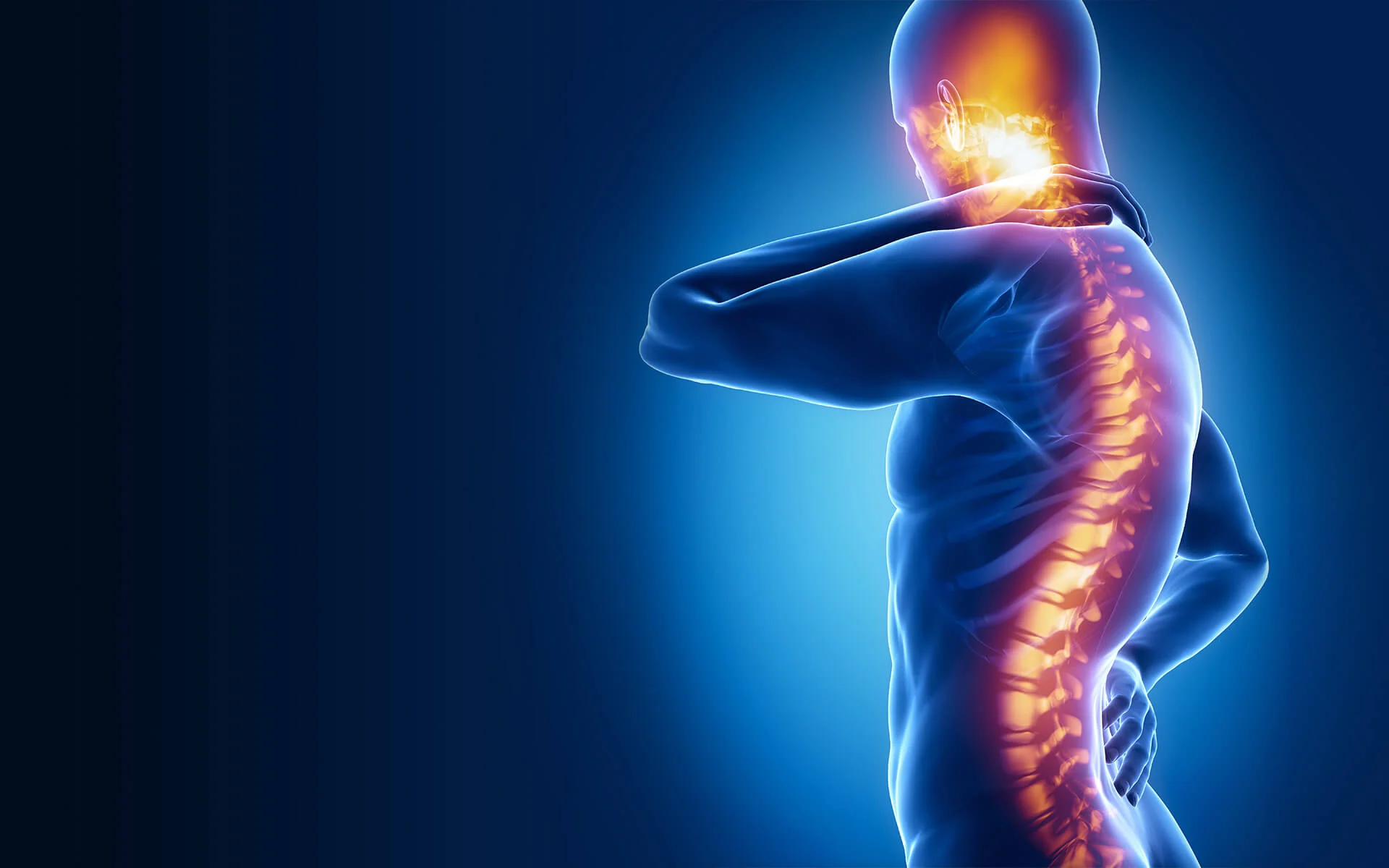
With the development of a wireless patch that stimulates stem cells with electrical pulses. The scientists have moved one step closer to developing a therapy to restore damaged spinal cord tissue. The tool has the potential to get past a few significant obstacles in the way of creating a therapy that could be used to treat paralysis in the future.
Professor Jichuan Qiu of Shandong University stated, “Since spinal neurons are not regenerable in adults, there is currently no effective therapy that can cure or reverse [spinal cord injury].”
Thanks to their innate ability to differentiate into any type of cell, stem cells have great potential for regenerative medicine. This process can be used to replace damaged or dead cells with new, functional ones.
Stem cells injected into injured nerves may one day differentiate into functioning neurons in cases of spinal cord injuries. It is far more difficult to have neural stem cells accomplish this within the body than it is in a lab. This is due to the possibility that an injury site’s complex mixture of molecules will prevent stem cells from differentiating appropriately.
A Shock to Boost Healing
Providing electrical pulses to the stem cells is one of the best ways to enhance this capacity. In addition to aiding in cell differentiation, this technique encourages the development of synapses, or connections, between neurons, which may increase the longevity of the former.
Delivering electric pulses to spinal cord-resident stem cells presents a significant obstacle, despite its potential.
“Electrodes and wires are typically used in conventional electrical stimulation, requiring additional surgery. Qiu stated, “Infection, pain, inflammation, and secondary injuries could result from the surgery, wires, and electrodes.
To get around this and accelerate efforts to repair the spinal cord, the scientists set out to create a wireless substitute.
Stimulating Stem Cells Remotely
Qiu et al.’s electromagnetic patch allows for the remote delivery of electric pulses to the patch’s attached stem cells. Even though the patch needs to be surgically implanted, its wire-free design and biocompatible material minimize the risk of infection and other unfavorable side effects while also preventing the patch from further damaging spinal cord tissue.
The patch is composed of graphite nanosheets, which are conductive materials that do not harm cells when exposed to a magnetic field. This magnetic field can be produced externally to the body by means of revolving magnets.
The electrical signal that was given to the stem cells growing on the patch could be adjusted in terms of frequency and strength by the researchers by varying the speed at which the magnets rotate.
The patch has been demonstrated in mouse models to greatly enhance healing and even serve as a layer of protection for the spinal cord. Additionally, the patch did not cause inflammation even 28 days after surgery. Although longer-term studies are needed to confirm this, the team speculates that this may mean the patch does not need to be removed, which would reduce the overall number of surgeries that are typically associated with these devices.
According to the scientists’ observations of the cells developing on the implants, the electric pulses raised the percentage of stem cells that gave rise to mature neurons from 12.5% to 33.7%.
The researchers concluded that electric stimulation in conjunction with stem cell therapy can significantly improve nerve tissue regeneration following a spinal cord injury compared to the use of either technique alone.
“Qiu concluded that this electromagnetic cellularized patch holds great promise for the remote treatment of diseases of the central and peripheral nervous systems, including [spinal cord injury].”
Before this therapy is used in a larger clinical setting, more research and trials are necessary. A number of factors will determine how long this takes, but at least the groundwork is in place to potentially treat this crippling injury in the future.

